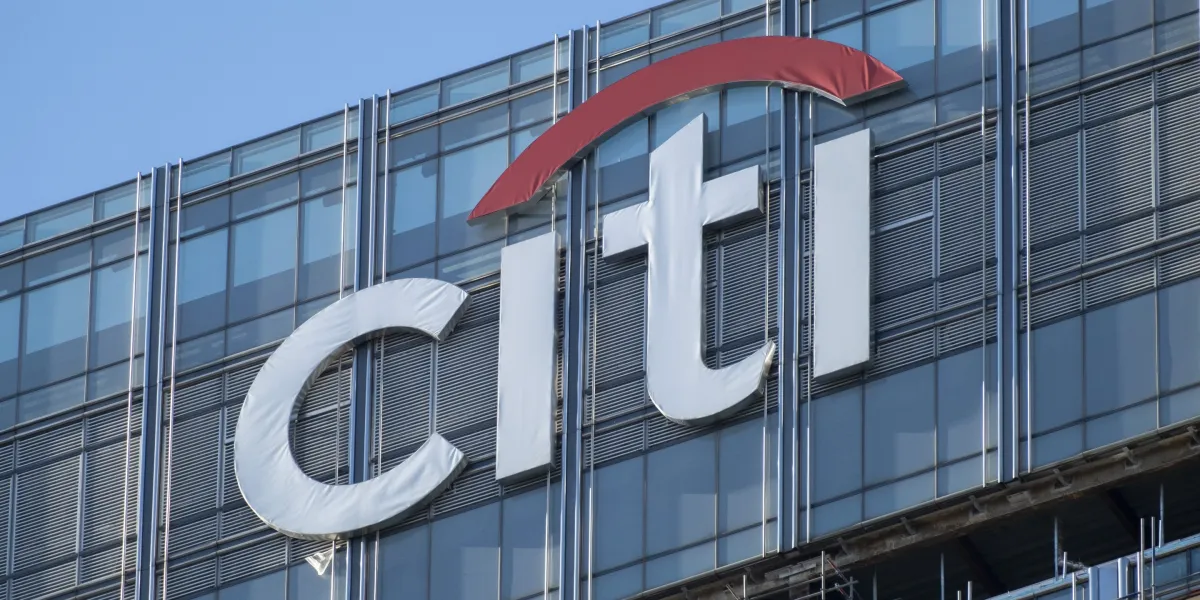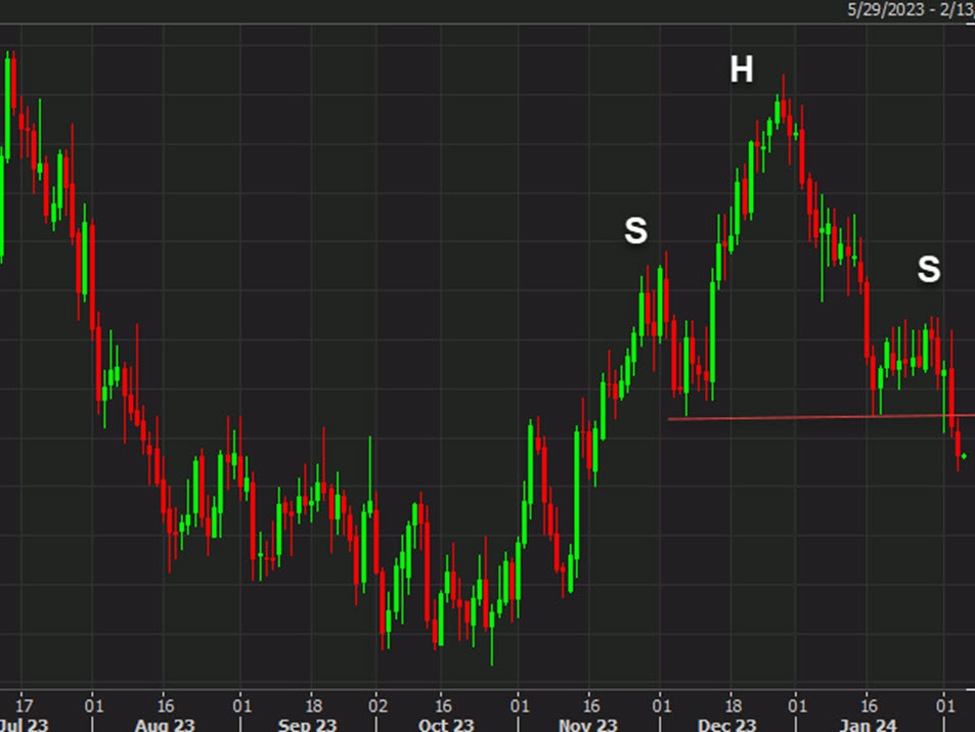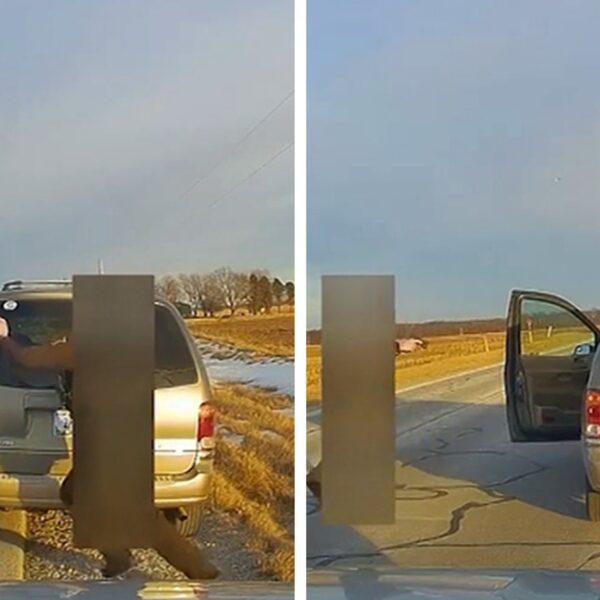(25 November 2025)
Recent Bitcoin Market Drivers
Bitcoin spent the last week under heavy pressure and Deutsche Bank outlined five forces behind the cryptocurrency’s worst weekly decline since February. The mix included reduced liquidity, unwinding of crowded long positions, miner selling, ETF outflows, and a rotation into other risk assets. At the same time, sentiment briefly improved after markets revived hopes for a future Fed rate cut, helping Bitcoin stabilize from the lows. Even so, the broader trend remains weak and rebounds continue to struggle for follow through.
These news items reinforce the current environment where Bitcoin is attempting to recover from deep losses but has not yet escaped its broader bearish tone.
Bitcoin Market Snapshot
(prices for Bitcoin futures)
Price at time of analysis: $87,715
Week to date: minus 5 percent
Month to date: minus 20 percent
Bitcoin is still in a very bearish phase. Many are asking whether the recent low at $80,750 marked a durable dip. It is too early to say. For now, tradeCompass focuses on intraday thresholds and actionable levels that allow both day traders and swing traders to plan entries and manage risk with discipline.
Bearish below $88,000.
Bullish above $88,550.
Bitcoin futures are trading just under the bearish threshold. That does not automatically mean short entries must be taken at the exact moment of reading this analysis. tradeCompass is a navigational map. It gives structured orientation, not a mechanical trigger. Traders may prefer to observe how price behaves in the next one to three hours. Bitcoin could rally toward $88,300 before rolling over again. In that case, the short would activate only once price crosses down through $88,000 with momentum. Others may want a cleaner dip to $87,900 before considering a short.
The bullish side only activates if price sustainably clears $88,550 and holds.
One of the strengths of tradeCompass is its ability to help traders neutralize their bias. If price flips above the bullish threshold and you are still short, the methodology itself reminds you to reassess, reduce exposure, or take partial profits depending on your entry point and broader context.
(Active only while price stays below $88,000)
$87,450
Early liquidity pocket from today and yesterday. Suitable for quick risk reduction.
$86,980
A key decision level where bearish traders would move the stop of the remainder of the position back to entry.
$86,560
Sits above the November 20 value area low and often acts as a reaction zone.
$84,670
Aligned with an important level from November 21. Clean scale out level.
$83,140
Deep target that aligns with a lower liquidity cluster.
Some traders also keep in mind that Bitcoin has a plausible longer term scenario toward $70,000 if market conditions deteriorate significantly. This scenario is not part of today’s tradeCompass map but discretionary traders may choose to leave a runner below the most distant profit target.
(Active only if price climbs and holds above $88,550)
$88,900
First upside target, lying beneath the November 19 value area low.
$89,500
Upon reaching this level, bullish traders would move the stop to the entry.
$89,950
Another magnet within a familiar liquidity zone.
$90,700
A higher resistance band often tested when bullish sentiment firm up.
$91,250
Final target for this bullish map. Traders would then wait for a new tradeCompass signal beyond this horizon.
Bitcoin Market Context
Bitcoin remains in a corrective phase after a steep multi week decline. Price has been building short term support near the mid $80,000 region but has yet to reclaim key upside levels needed to shift the broader bias. Until either threshold is decisively breached, expect a choppy environment with sharp intraday swings. tradeCompass thresholds provide a bias filter and a structured set of levels to help navigate these swings with clearer decision points.
Educational Insight
The tradeCompass methodology places strong emphasis on partial profits and stop movement. Securing gains and then moving the stop to the entry protects the remainder of the position from normal volatility. This is especially important for instruments like Bitcoin that can move one to two percent in minutes. Today’s bearish and bullish plans both specify exactly where to move the stop because the right timing of that action often defines whether a trade ends green, flat, or negative.
Trade Management Guidance
Use one trade per direction as defined by tradeCompass.
Move your stop to entry after reaching the second target.
Do not place your stop beyond the opposite threshold since that invalidates the idea.
The real dip for Bitcoin could be near 70k (but traders can also target to buy temporary dips till then… if they know to play defence)
When you look at charts that show a possible major buy the dip around 70k, remember that the market may also offer earlier, temporary dips that are tradable. We sometimes build buyTheDip plans for levels above the deeper dip scenario, such as 78k, because two things can happen. Either Bitcoin reaches that temporary level and gives a short rebound, or that level becomes the true reversal point and never reaches the deeper zone. Both scenarios are valid. What makes the tactic safe is not predicting which one will be the final low, but managing the risk correctly once price reacts.
Bitcoin futures weekly chart with possible 70k area dip
This is why moving the stop to the entry and taking partial profits are not optional. They are the core of the buyTheDip method. If a temporary rebound appears, the partial exit locks in early gains and the stop at entry neutralizes any further downside risk. If the rebound fails, you exit flat rather than carrying a losing position. Without this discipline, traders often hold losing dips, justify them emotionally, refuse to take the loss, and end up with larger drawdowns or even liquidation. Our approach prevents that cycle.
By always protecting the trade once the first target is hit, we can attempt more than one buy the dip without exposing ourselves to compounding losses. It is not an all-or-nothing bet. It is a structured sequence of attempts with controlled risk and predefined exits. That is what keeps the strategy sustainable and psychologically manageable through volatile phases.
For more education, real time examples, and updated buyTheDip plans, you can join the InvestingLive Stocks and Crypto Telegram channel:
https://t.me/InvestingLivestocks
Remember crypto traders and investors: This is decision support, not investment advice. Always manage risk carefully and size your positions appropriately. For additional crypto and futures insights, visit investingLive.com.















